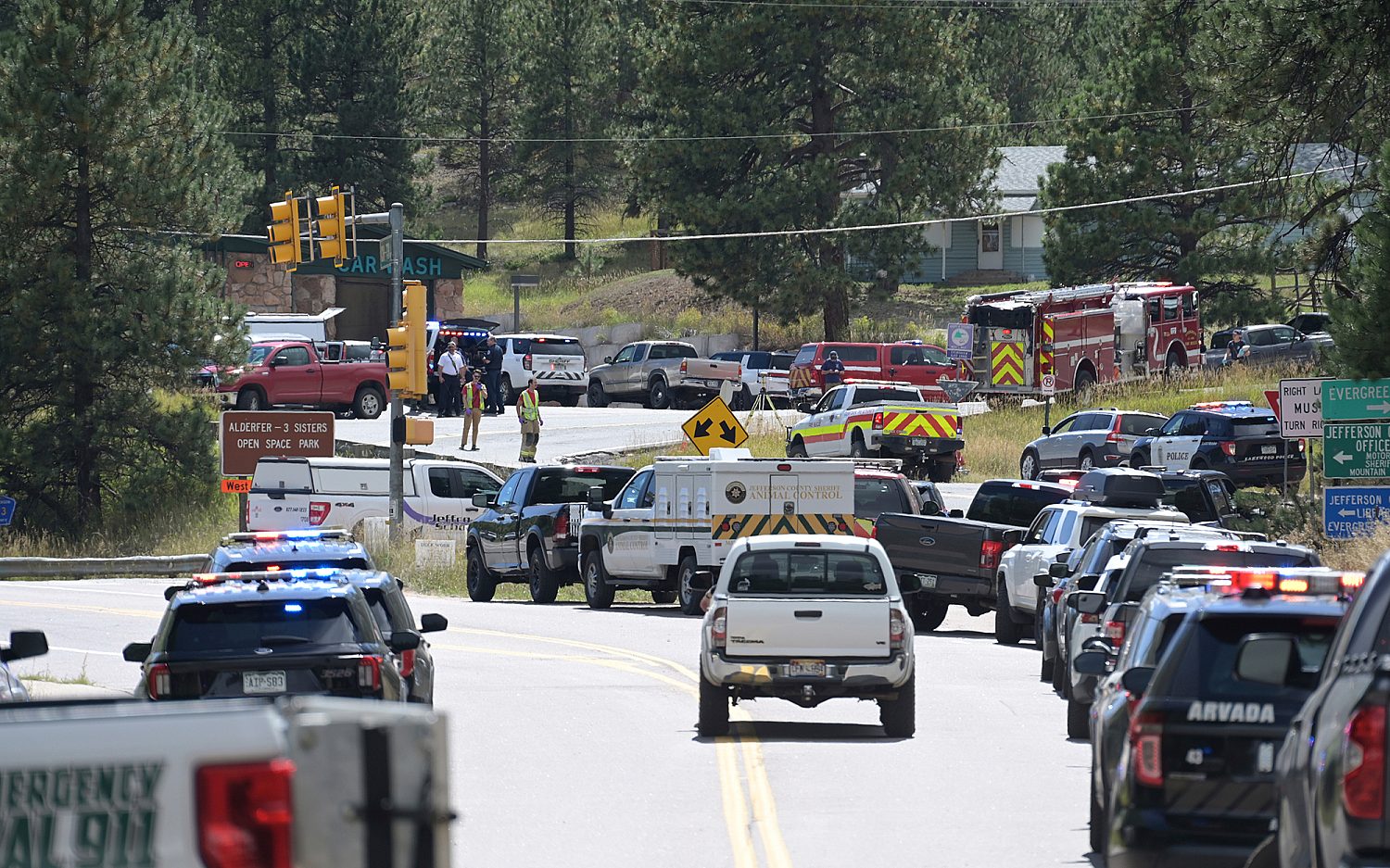Old stadium, new stadium, redeemed stadium
Welcome to Maracana Stadium in Rio De Janeiro, Brazil. The yellow and blue monolith is one of the largest stadiums in South America and a Brazilian icon, but its brand-new upgrade has much of the country in its biggest uproar since the end of Brazil’s 1964-85 dictatorship.
Why? The country has one of the world’s highest tax burdens and some of the worst public services. Hundreds of thousands of protesters see waste in the $3.3 billion Brazil will spend to build or renovate 12 stadiums for the 2014 World Cup. Many of the facilities will have no major sports team to ensure future viability.
Stadiums like Maracana are the concrete symbols of citizens’ general disgust: Before the stadium reopened this month for the Confederation Cup, a World Cup warm-up tournament, it went through its third major renovation in 15 years. Brazil raised capacity in 2000, reduced it in a major facelift in 2007, and now spent more than $500 million to renovate and reduce its capacity further for the World Cup and 2016 Summer Olympics.
About 250,000 protesters made a statement Monday throughout the country as hackers took down government sites and called for people to take to the streets. Tuesday night protests in Sao Paulo turned violent as about 50,000 marched outside city hall.
When small groups lashed out at police and tried to invade the building, different groups of protesters faced off, with many trying to protect the building. Police pepper spray and smoke clogged the air after demonstrators set a TV satellite truck and a police lookout booth on fire.
Travel 2,000 miles to the southwest to Santiago, Chile,where instead of financially draining its citizens, this South American government has taken a stadium symbolizing its own 20th-century dictatorship and redeemed it. Chile has seen its own share of corruption and protests in recent years, but Victor Jara Stadium offers one bright spot.
Just days after Chile’s bloody 1973 military coup, agents of Gen. Augusto Pinochet dragged popular songwriter and director Victor Jara to an indoor stadium-turned-torture center. Agents beat Jara’s head and shot him 44 times. Jara was just one of many.
This month, four decades later, a reporter found Ivan Martinez Acuna, an unemployed 52-year-old, playing his guitar and singing underneath a plaque dedicated to Jara, marking the spot where dead bodies were piled up during the dictatorship. Eight former army officers have been charged with Jara’s murder, and the infamous Chile Stadium, now renamed Victor Jara Stadium, has become the country’s largest homeless shelter.
“For me, it’s a miracle to be here where they are now giving shelter and food to everyone and where they killed Victor Jara,” said Ana Luisa Villaroel, 78, who lived through the dictatorship.
The shelter is also used as venue for table tennis, indoor soccer and basketball.
The arena houses about 500 people a night during the biting Chilean winter. A census of the homeless says 12,225 people were living on the street last year, and the number of homeless people who died on the street because of the cold fell from 150 in 2010 to 28 last year.
View the Associated Press photo story here.
The Associated Press contributed to this report.
An actual newsletter worth subscribing to instead of just a collection of links. —Adam
Sign up to receive The Sift email newsletter each weekday morning for the latest headlines from WORLD’s breaking news team.




Please wait while we load the latest comments...
Comments
Please register, subscribe, or log in to comment on this article.